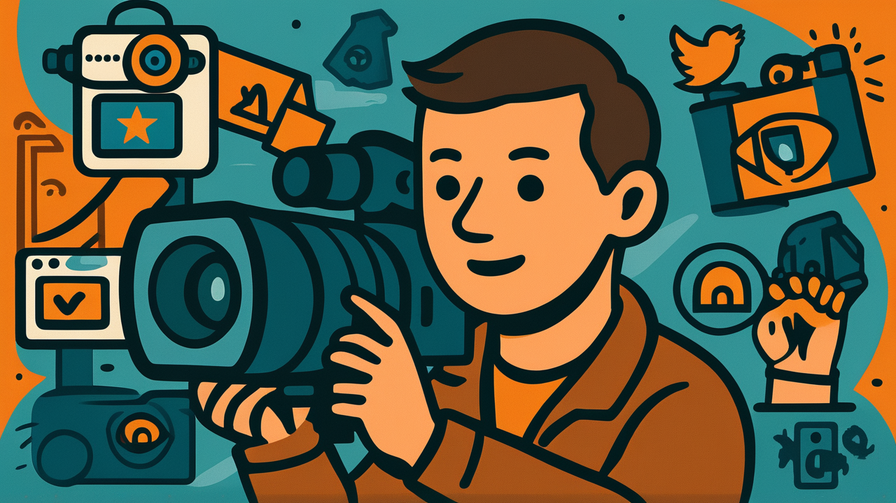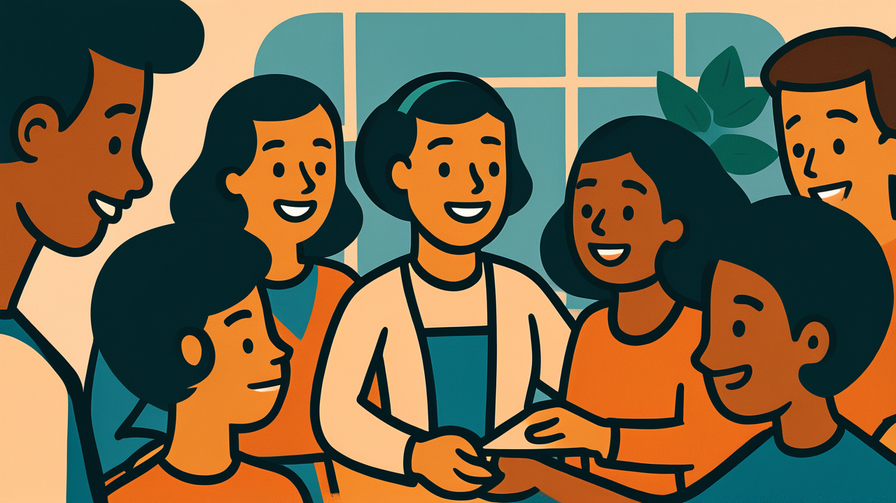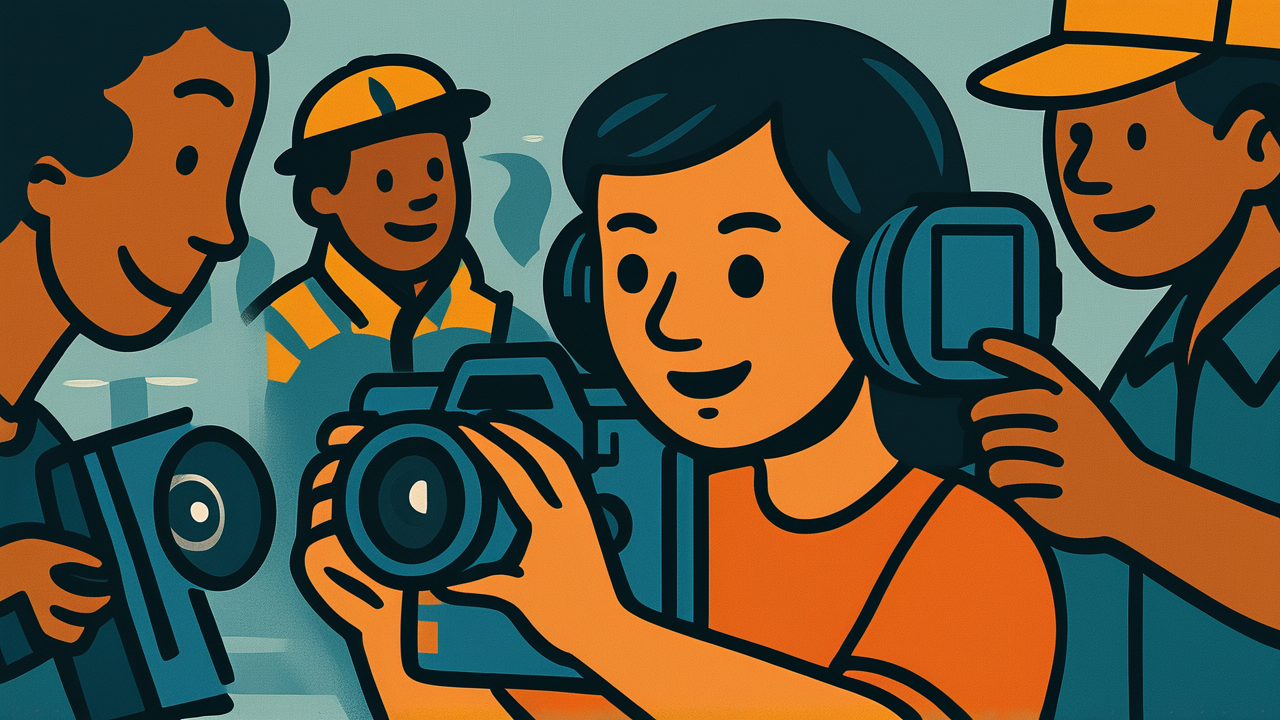[Disclaimer] This article is reconstructed based on information from external sources. Please verify the original source before referring to this content.
News Summary
The following content was published online. A translated summary is presented below. See the source for details.
Independent artists and filmmakers are emerging as powerful voices for their generation, capturing the hidden pain and unspoken struggles that mainstream media often overlooks. Through their work, creators like Egyptian filmmaker Khaled Khella and artist Delbar Shahbaz are exploring themes of identity, displacement, and the search for belonging in an increasingly complex world. These artists use their medium to address the psychological and emotional challenges faced by young people today, from political upheaval to social isolation and the struggle to find one’s place in society. Their work often features fluid forms and experimental techniques that mirror the unstable, ever-changing nature of modern life. By giving voice to experiences that are often silenced or ignored, these independent creators are building bridges between personal pain and collective understanding, offering their generation a mirror to see their own struggles reflected and validated. The resilient nature of their art demonstrates how creativity can become a form of resistance and healing, transforming personal trauma into universal narratives that resonate across cultural boundaries.
Source: Global Voices
Our Commentary
Background and Context

Every generation has its struggles, but yours faces unique challenges: social media pressure, political uncertainty, climate anxiety, and a pandemic that stole crucial years of your youth. Independent artists and filmmakers are stepping up to tell these stories that Hollywood and mainstream media often miss or misunderstand.
Think of these artists as the diary keepers of your generation—but instead of writing in notebooks hidden under beds, they’re creating films, art installations, and digital works that scream the truths no one wants to hear. They’re not waiting for permission or big budgets; they’re using whatever tools they have to make their voices heard.
Expert Analysis
What makes independent artists like Khaled Khella and Delbar Shahbaz special is their approach to storytelling:
Fluid Forms of Expression: Traditional filmmaking follows strict rules—beginning, middle, end. But these artists use “fluid forms”—mixing documentary with fiction, blending past and present, combining different art forms. It’s like how TikTok videos can tell a story in 30 seconds that would take a movie 30 minutes. The form matches the content: unstable, shifting, refusing to be boxed in.
Hidden Pain Made Visible: These artists tackle subjects that make older generations uncomfortable: mental health struggles, identity crises, the feeling of not belonging anywhere. They’re not making feel-good movies; they’re creating mirrors that reflect real experiences, even when those reflections hurt to see.
Art as Resistance: In many countries, speaking openly about political or social problems can be dangerous. Artists use symbolism, metaphor, and abstract imagery to say what can’t be said directly. A film about a bird in a cage might really be about youth trapped by societal expectations.
Additional Data and Fact Reinforcement
The impact of independent artists on youth culture:
• 70% of Gen Z prefer authentic, unfiltered content over polished productions
• Independent films on platforms like YouTube and Vimeo get billions of views
• Many started with just a smartphone and free editing software
• Topics covered: mental health, political oppression, identity struggles, displacement
Why “fluid forms” resonate with young audiences:
• Matches how you consume content (jumping between apps, mixing media)
• Reflects the instability of modern life
• Allows for multiple perspectives and truths
• Breaks traditional storytelling rules that feel outdated
Related News
This movement connects to broader trends in youth expression. We see it in the explosion of indie games tackling depression, TikTok creators discussing trauma, and young musicians addressing political issues mainstream artists avoid. The Arab Spring showed how young people could use digital tools to challenge power structures, and today’s artists continue that tradition through culture rather than protest.
Platforms like Global Voices amplify these artists, ensuring their work reaches beyond local audiences. This is crucial because many independent creators face censorship or limited distribution in their home countries. The internet becomes their gallery, their cinema, their stage—democratizing art in ways previous generations couldn’t imagine.
Summary

Independent artists and filmmakers are becoming the truth-tellers of your generation, using innovative forms to capture experiences that mainstream media ignores or misunderstands. Through their resilient, fluid art, they transform personal and collective pain into powerful narratives that help young people feel seen and understood.
For students interested in storytelling, whether through film, art, writing, or digital media, these artists prove you don’t need Hollywood budgets or gallery connections to make an impact. Your smartphone, your experiences, and your willingness to tell uncomfortable truths are enough. In a world that often tries to silence young voices, art becomes not just expression but survival—a way to process trauma, build community, and imagine better futures.
Public Reaction
Young audiences strongly connect with these authentic representations of their experiences, often commenting that they finally feel “seen.” Parents and older generations sometimes find the content disturbing or “too dark,” not realizing this reflects their children’s reality. Film festivals increasingly create spaces for independent youth voices. Mental health professionals praise the destigmatizing effect of openly discussing psychological struggles through art. Some governments attempt to restrict or censor this content, which often only increases its underground popularity.
Frequently Asked Questions
Q: How can I start creating independent art/films?
A: Start with what you have—your phone, free editing apps, and your story. Many successful independent artists began by posting on YouTube or TikTok. The key is authenticity over production value.
Q: Why is this art often so dark or depressing?
A: Art reflects life. For many young people facing real challenges, creating “happy” content would feel fake. This art provides catharsis and connection for those experiencing similar struggles.
Q: Is it safe to create political or controversial art?
A: This depends on where you live. Research your local laws, consider using symbolism rather than direct statements, and connect with other artists who can offer guidance on creating impactful work safely.


